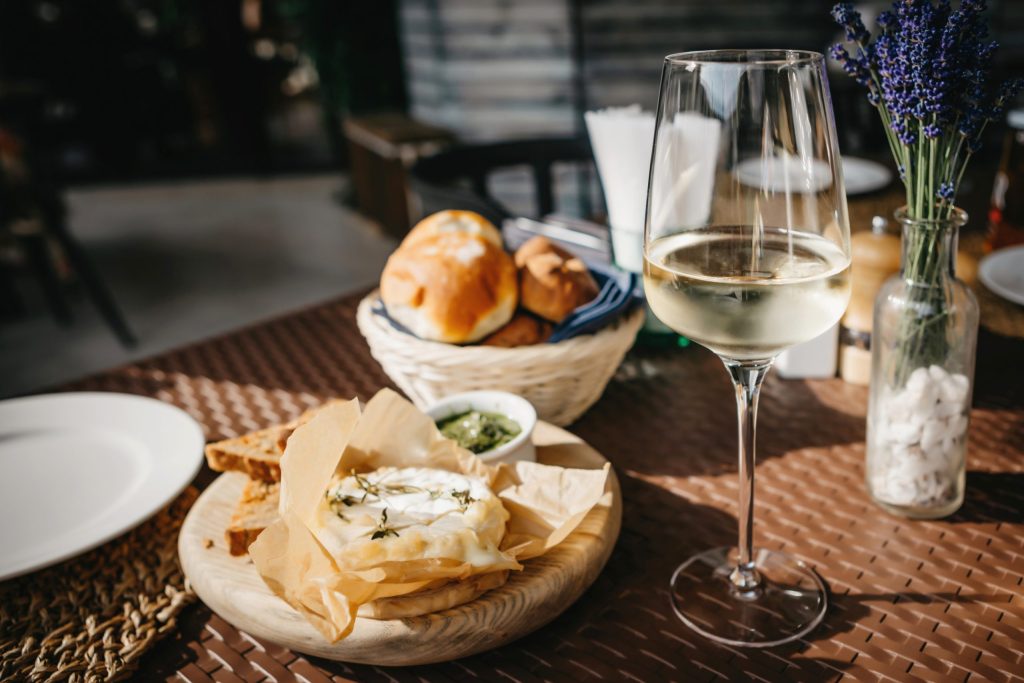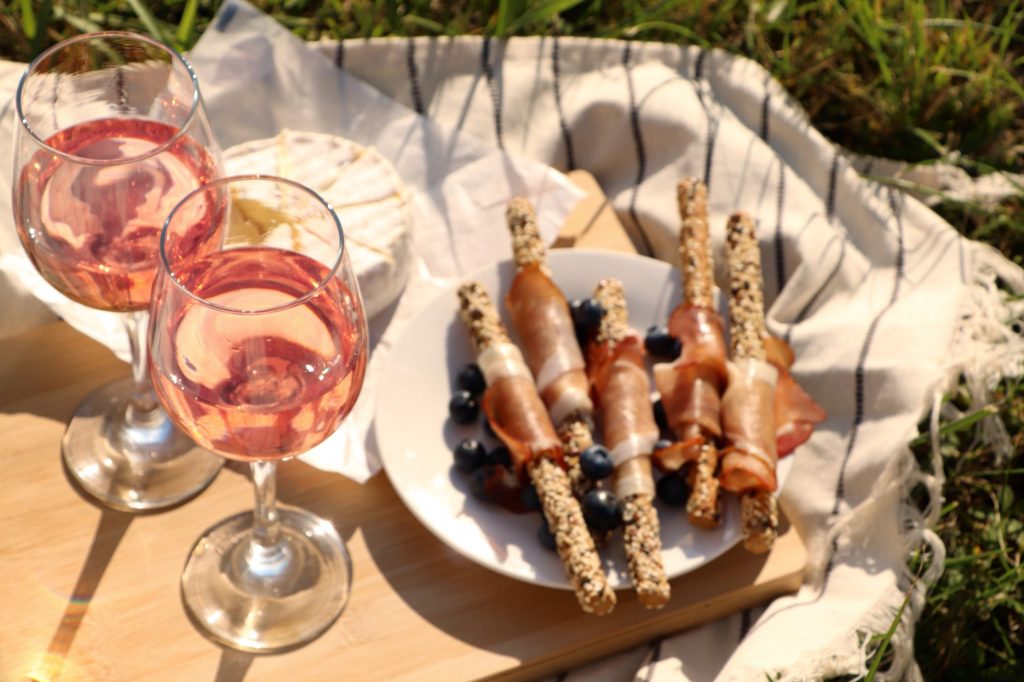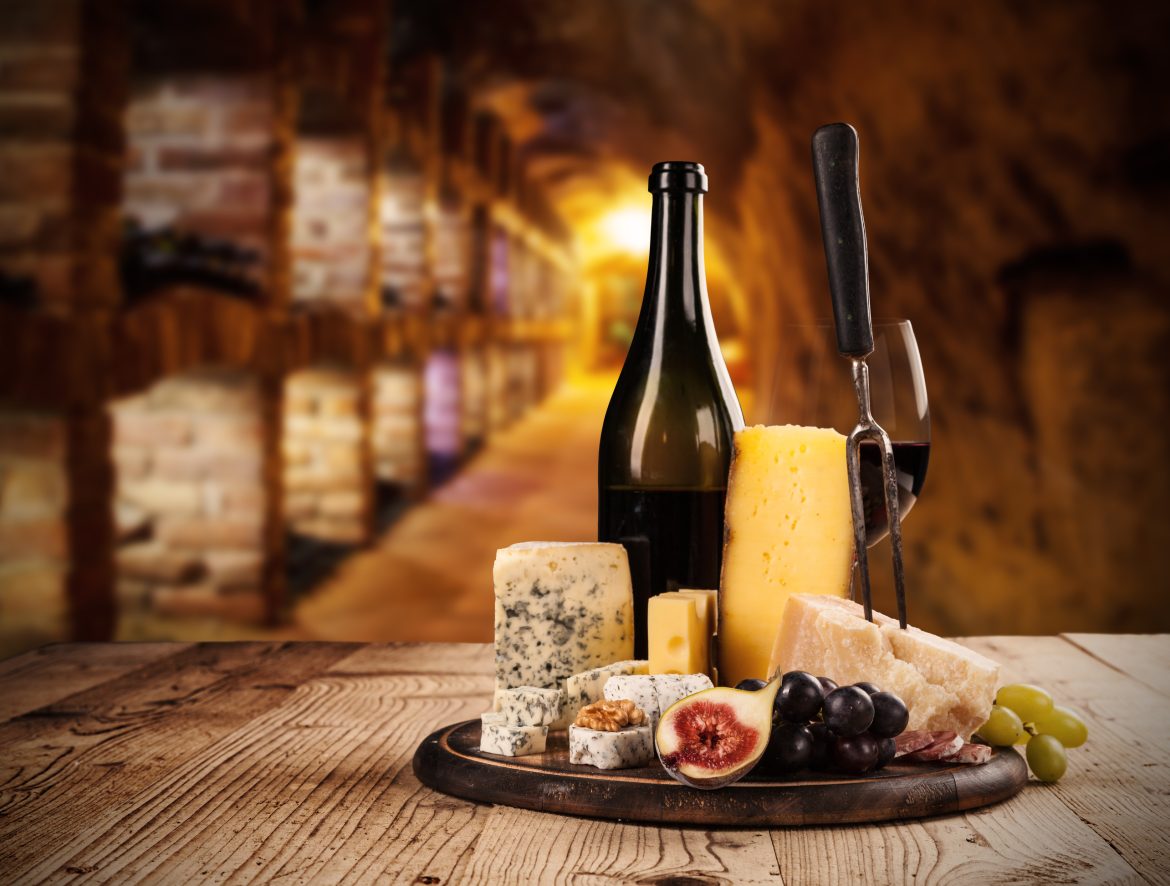All the great wine-producing regions have established pairings between wines and cheeses, often with maximum attention to the bread that "mediates" the interaction of tastes, contributing to the creation of a perfect bite, the true balance between the taste components. When we talk about wine and cheese, we talk about the intersection of astringency (tannins), alcohol, acidity and the sensations of bitterness, sweetness, saltiness or umami. It sounds complicated, but we promise it is not.
Taste with apple, sell with cheese
In their wisdom, Asians have decided that, in order to be satisfying, food must cover all tastes – salty, sour, bitter, sweet and umami – the latter term, only recently consecrated in Western terminology, denoting the sensation of "savory" given by some meat, cheese and plant components. Umami is such a general sensation that it can be equally provided by meats, seaweeds, cheeses or soups (for specialists, anything containing various proportions of inosine, glutamate, guanylate).
It’s just that taste, like other senses, can be manipulated, attenuated, even rendered dormant. It is the reason why, if the food is not very good, it can be "saved" with a lot of salt or hot spice, and is also the reason why one should not, even in traditional restaurants, taste a pork fat with palinka and onions or hot peppers before of a wine tasting. Strong aromas act too harshly on the olfactory receptors, just as the ingredients give too strong a stimulus to the taste buds, and in order to perceived any other less intense stimuli you will need a shorter or longer period for the receptors to recover. One solution is to smell coffee and taste some bread, possibly with a slice of neutral cheese or an apple slice. The acidity of the apple will help remove excess fat from the palate and taste buds, "paving the way" for accepting of new flavours.

📷 ID 225105518 © Gadost | Dreamstime.com
Cleaning the taste buds
In fact, there is a medieval saying, from the time when the British Empire imported massive amounts of wine from France (they still do, but through different means): buy with apple, sell with cheese. From experience, merchants had noticed that a wine that tastes good with an apple (sweet and sour, a bit tart) will also go very well with cheeses.
Moreover, cheeses go very well with wine because the lipids (fats) contained in cheeses greatly soften the perception of tannins – the component of wine that gives the sensation of astringent, bitter dryness (something between unsweetened black tea and apple seeds). As a result, many wines that are too fresh or that have not been bottle-aged after a long aging in oak will seem much fruitier, without any bitterness or dryness, when accompanied by cheeses.
According to time.com, in an academic study in Buenos Aires, a sweet Pacharenc white wine, a dry white from Sancerre, a spicy Bourgogne red and a supple and subtle Madiran were paired. The cheeses chosen for the pairings were semi-hard Comté, hard Crottin de Chavignol, a soft Epoisses and a semi-soft Roquefort. Each of the cheeses influenced the dominant taste of the wine in a certain way. The clearest reactions were that the citrus notes of the Sancerre were brought out by the Epoisse, while the Roquefort brought out the fruity notes of the Burgundy wine. Furthermore, the Madiran was the most sensitive to all four cheeses, with tasters indicating less intense flavors and a reduction in perceived acidity.
The above experiment explains why white wines demand soft matured cheeses, which go well with slices of apple, pear or grape berries – their strong flavors emphasize the orchard fruit flavours of some white wines (Chardonnay, Pinot gris, Rhein Riesling, Viognier, without oak barrels ageing).

📷 264929348 © Gadost | Dreamstime.com
Not just any cheese with any wine
From the experiment above, it is apparent that not every cheese interacts with a wine in the same way, that sometimes it benefits the wine, sometimes it doesn’t, and that it is best, at least sometimes, to follow established recipes. The rules are simple. First is that you have to choose things of similar intensity – a neutral cheese next to a wine with explosive flavors doesn’t do much, nor does a less expressive wine stand up to a strong-tasting cheese. Second: take your time! Let the flavors fade out between wines and between cheeses. If you are impatient, use a "cleanser" – a mouthful of American coffee, a piece of bread or a slice of apple. Third – never stop trying new pairings. If you have five kinds of cheese and five kinds of wine, try all possible combinations and write down what you like.
Standard pairings
A young red wine goes well with a soft, even slightly aged cheese, even if you find that blue cheeses complement it better. Try a Gramofon or Virtuoz Feteasca neagra first with fresh telemea (Romanian feta) or even mozzarella, before moving on to more intense flavors.
For solid reds, such as Prince Matei (or Petit Matei) or Paolo Mennini Negru de Drăgășani, go for cheeses that were aged for at least one year, with concentrated flavors. Old Romanian sheep cheese (telemea), Provolone or Parmesan variations (not necessarily Parmiggiano Reggiano, maybe Grana Padano or German goat cheeses).
For young red wines, you’re only limited by your imagination: any medium-ripened, semi-soft or semi-hard cheeses will do. So consider varietal specifics – for spicier wines like Syrah, choose an Edam or Gouda with complementary nutty flavors.
A surprise comes from the blue cheeses – Roquefort, Danish Blue, Stilton or Gorgonzola. Until recently, they were the favorite of lovers of old, full-bodied red wine, but the world has discovered that they go (better) with sparkling and aromatic white wines. So don’t hesitate to place them next to a multi-awarded bottle of Jidvei Mysterium 2017 or a dry Tamaioasa romaneasca.
For fresh cheeses, with not very strong flavors, the likes of mozzarella, feta and halloumi, try neutral white wines, a fresh Zghihara from Domeniile Averesti or a Feteasca albă Maria, from the Owners Choice range by Jidvei.
Sauvignon blanc grows everywhere in Romania, and the fresh wine versions, not aged in oak barrels, fit excellently near fresh goat cheeses.



